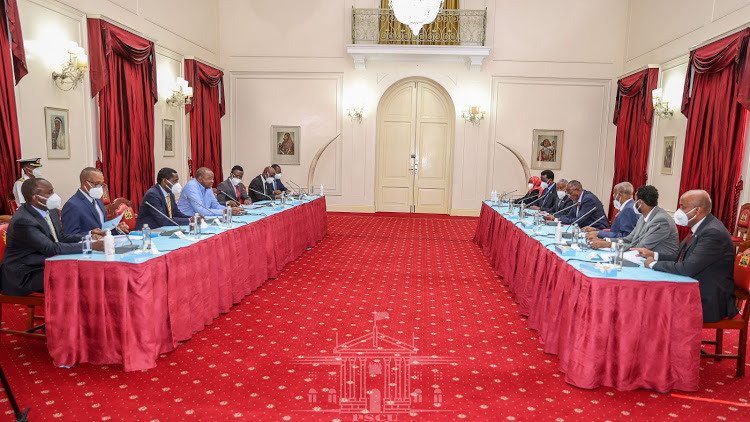Aniis Essa: Somaliland Deserves Diplomatic Recognition as a Sovereign State
Abu-Dhabi—After a bloody civil war in January 1991 Siad Barre’s 21-year regime was overthrown in Somalia.
The northern half the country declared its independence as the Republic of Somaliland in May 1991.
This article summarizes the main arguments for the propriety of such a declaration and its recognition as an independent state under international law.
The State of Somalia, which came into existence in 1960, resulted from a merger between two independent states — the Northern Somaliland, a British Protectorate and Southern Somalia, an Italian Trust Territory.
General Siad Barre took over the administration in a coup in 1969 and led the country through a calamitous period of chaos and repression until he was deposed by the combined might of several liberation movements such as the Somali National Movement, which had been waging its battle against his regime since 1981.
After his overthrow, the south has been a Habbesian nightmare of interclan fighting whereas the independent Somaliland remains the most stable region in the Horn of Africa.
VALIDITY OF INDEPENDENCE
Somali society is comprised of various clans such as the Digil, the Gabooye, the Rahanweyn, the Dir , the Isaaq, the Hawiye and the Darood. The dynamics of interaction among them determines the distribution of political power in Somalia.
The primary issue is the extent to which the assertion of independence is a valid manifestation of sovereignty over territory and thus forms a legal basis for the formation of a state under international law.
A survey of the applicable law reveals that the issue can be broken down into the question of the nature of Somaliland’s sovereign rights before and after the act of union of 1960 and the extent to which this will be dispositive of the viability of the union.
Britain signed formal treaties with the Somali clans in 1884. These treaties were specifically intended to ensure the maintenance of the independence of the Somali clans and did not cede any territory to Britain. Further, the treaties were also of a provisional character.
The nature of the treaties leave no doubt at all that the Somali clans retained a large measure of sovereignty. The capacity to conclude treaties is itself an attribute of international personality.
Old international law may have considered such treaties as not international, but the contemporary standards exhibited by the World Court in the Western Sahara case in 1975 reject such views. As a result, the Somali clans existed as international persons.
The two territories were independent countries with no links between them. There was no unifying force from within. On the contrary, two external factors served to bring about this precipitate union. The first was the proposal by British Foreign Secretary Beven in 1946 to create a “Great Somalia”. The second was the cession of the Haud and Ogaden to Ethiopia by Britain in 1954. Both served as stimulants of national identity.
This piece was originally published in the Star Newspaper of Nairobi

